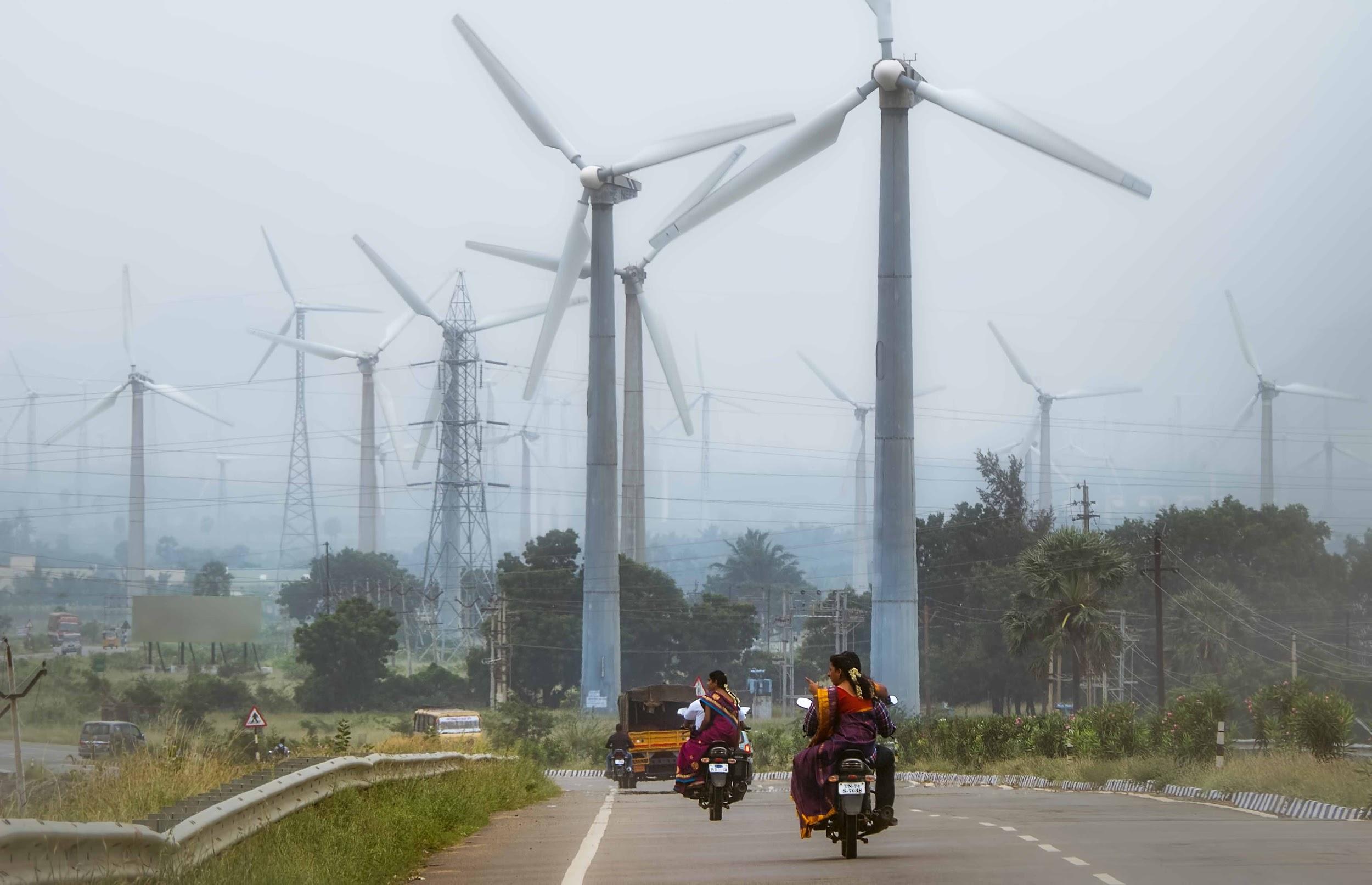In a machine learning paper recently published in the journal npj Computational Materials, a team of researchers from Sandia National Laboratories and Brown University have introduced a universal way to accelerate virtually any kind of simulation.
Tag: computer modeling and simulation
Computer modeling shows where Arizona’s winter precipitation originates
A team of researchers working with a weather model have uncovered new details of water availability in Arizona’s uplands and where that water comes from. The work may help in future planning of the Phoenix metropolitan area, as well as provide guides for coming precipitation seasons.
Tracking Down Toxic Metals From Tobacco Smoke
Homes and public places where people smoke may have high levels of harmful trace metals from cigarettes, even after smoking stops, Berkeley Lab researchers have found. These metals include cadmium, arsenic, and chromium, and the levels may be above safety limits set by California.
How the cat nose knows what it’s smelling
Scientists have found the secret to felines’ finesse at sniffing out food, friends and foes. A complex collection of tightly coiled bony airway structures gets the credit, according to the first detailed analysis of the domestic cat’s nasal airway.
Can clay capture carbon dioxide?
A Sandia National Laboratories-led team of scientists has been using powerful computer models combined with laboratory experiments to study how a kind of clay can soak up carbon dioxide and store it.
A fresh look at restoring power to the grid
Sandia National Laboratories computer scientists have been working on an innovative computer model to help grid operators quickly restore power to the grid after a complete disruption, a process called “black start.
Computer Model of Influenza Virus Shows Universal Vaccine Promise
For the first time, researchers at UC San Diego have created an atomic-level computer model of the H1N1 virus that reveals new vulnerabilities, suggesting possible strategies for the design of future vaccines and antivirals against influenza.
KyotoU PEGS away at catching quakes at light speed
A novel AI-based approach to detect earthquakes early uses prompt elasto-gravity signals, or PEGS, gravitational changes generated by large-mass motion in megaquakes. PEGS carry information about an ongoing earthquake at the speed of light, arriving much faster than even the fastest seismic waves.
Extending nuclear power accident code for advanced reactor designs
A number of new nuclear reactor designs, such as small modular reactors and non-light water reactors, have been developed over the past 10 to 15 years. In order to help the Nuclear Regulatory Commission evaluate the safety of the next generation of reactors, fuel cycle facilities and fuel technologies, researchers at Sandia National Laboratories have been expanding their severe accident modeling computer code, called Melcor, to work with different reactor geometries, fuel types and coolant systems.
Simulating sneezes and coughs to show how COVID-19 spreads
Two groups of researchers at Sandia National Laboratories have published papers on the droplets of liquid sprayed by coughs or sneezes and how far they can travel under different conditions. Both teams used Sandia’s decades of experience with advanced computer simulations studying how liquids and gases move for its nuclear stockpile stewardship mission.

Science Snapshots From Berkeley Lab – Week of March 29, 2021
India’s Ambitious Clean Energy Goals, a Secret Pathway to Harnessing the Sun for Clean Energy, and a Supersmart Gas Sensor for Asthmatics